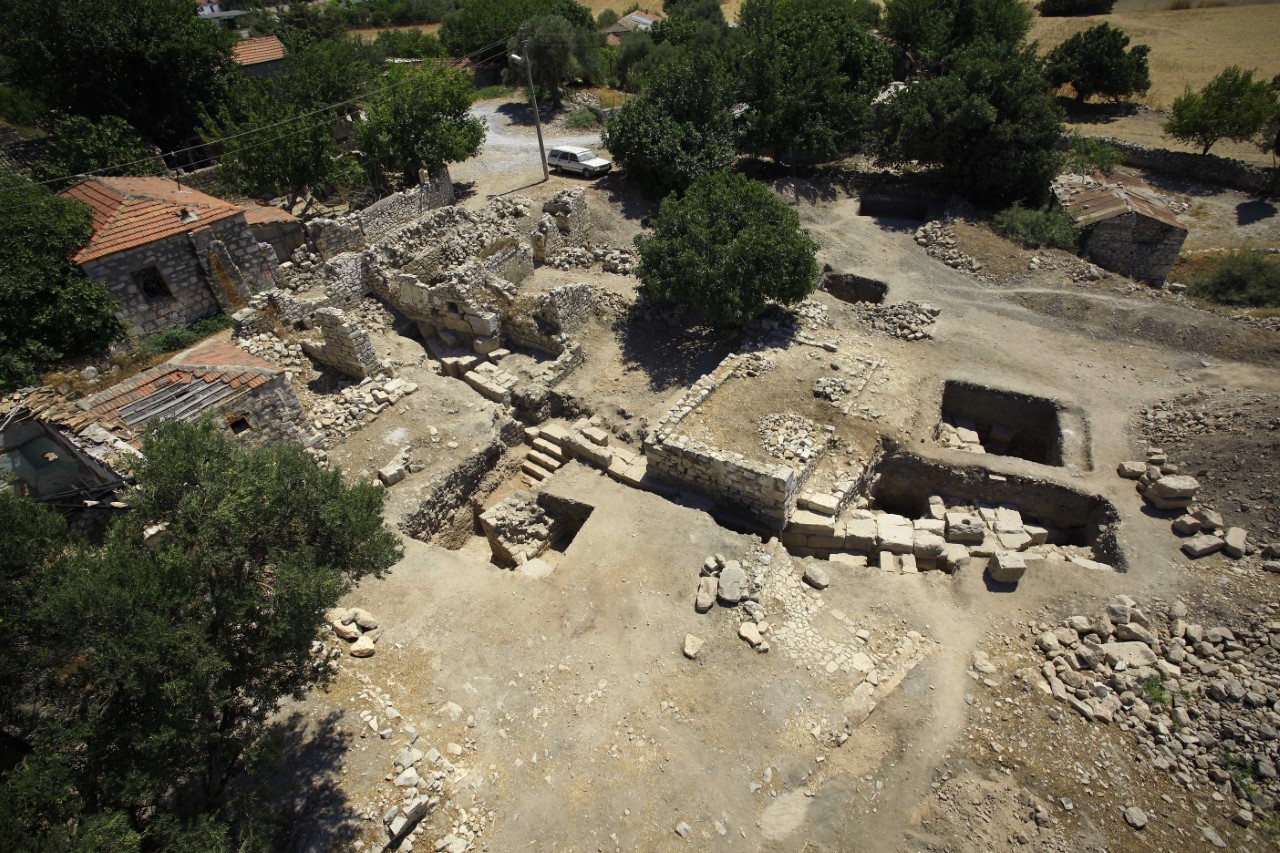News of the proposed theatre upon the beach near the Luna Park brought a wry smile to my lips for two notable reasons, writes Voices columnist Glenn Maffia.
Architectural terminology
Firstly, the insistence on continuing to call this structure an amphitheatre shows a complete lack of knowledge of architecture. One would have thought that someone should have corrected the mayor and councillors by now.
An amphitheatre is an arena entirely enclosed by seating, either in a complete circle or within an oval or elliptical design. The computer generated illustrations released by the council clearly lack this entire encirclement of seating, therefore it depicts a theatre. The Greeks built their theatres in a horseshoe-shaped design extending beyond the semi-circle points, whereas the later Roman style stopped at the semi-circle points. These are all quite distinctive and easily recognisable.
I trust that is now fully understandable and in future shall be referred to in the correct descriptive term of theatre. I realise amphitheatre probably sounds grander and more imposing, which is why that word is used in its selling to the public. The great Ottoman architect, Sinan, who produced such wonders during the reign of Suleiman the Magnificent, would no doubt take a different view..
Excavate and display the original
It is also quite amusing for me to know that Didim has a 3500-4000 seating capacity theatre already in situ. Where? Slap bang alongside the Temple of Apollo on its southern edge. Admittedly, this 1st-2nd century CE theatre rests below ground level these days, reinterred by the German archaeologists after they had excavated it in 2012.
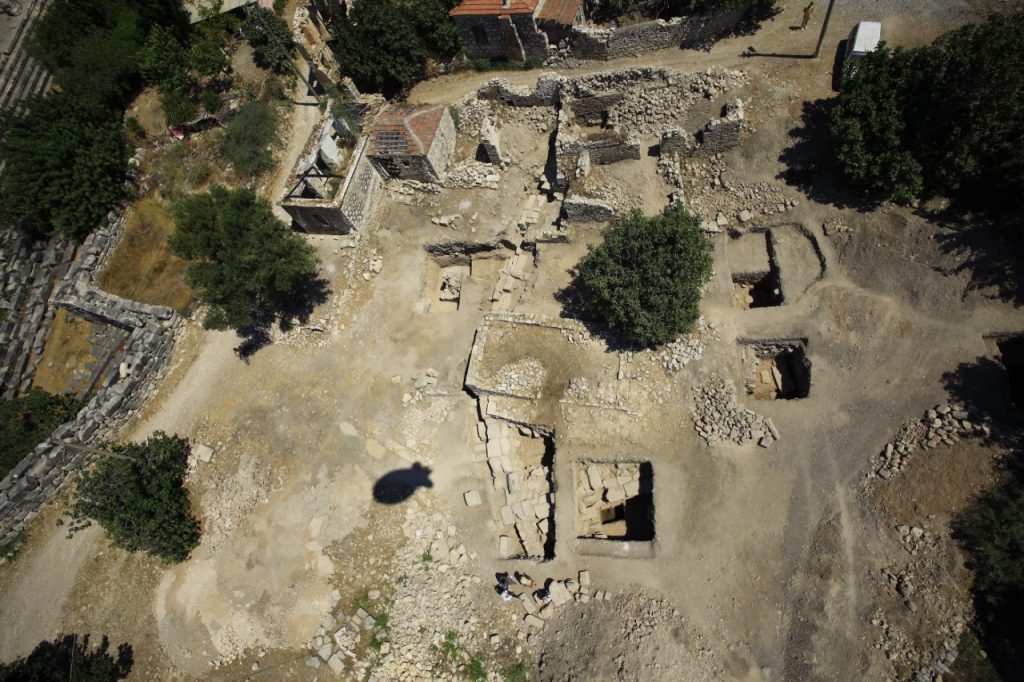
Aerial View of the Emerging Theatre at Apollo Temple
I was fortunate to be in place when they, over the course of a number of weeks, slowly peeled back the pages of time. They were absolutely thrilling times as the first sign of an ancient fragment of architecture was revealed and it was just a matter of course to continue following it. Pretty soon its shape and dimensions made the pronouncement as it being a theatre absolutely elementary.
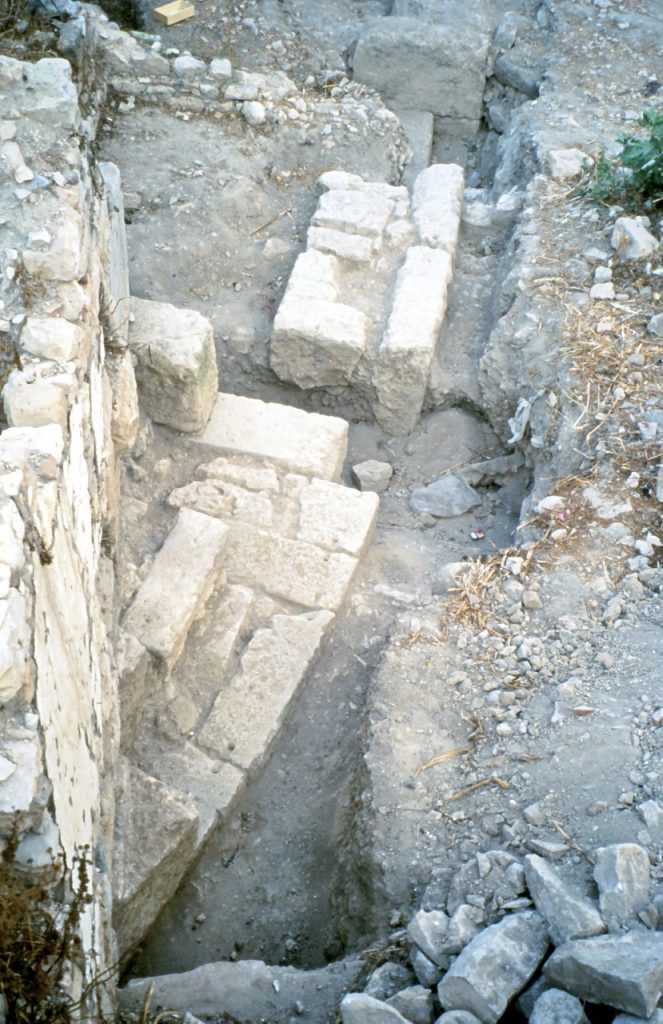
Part of the Apollo Theatre
It remains there to this day quietly awaiting an end to its interment, though I have been informed a compulsory purchase order has been placed on this land by the Ministry of Culture and Tourism. This certainly bodes well for Didim’s cultural tourism, if true, for the theatre could easily be placed within the Temple’s enclosure as it is merely a short distance towards the south perimeter walls.
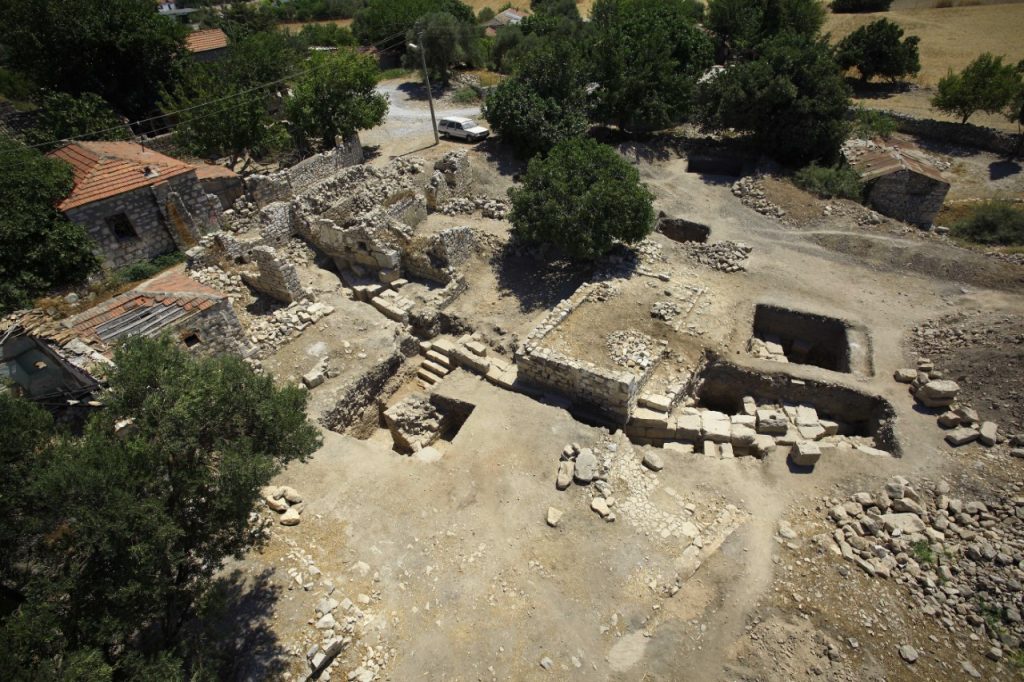
Apollo’s own Theatre of Dreams
Naturally I would go further, for there is a Byzantine chapel standing atop of a Hellenistic foundation structure a touch further to the east which I would certainly add to the enclosure. Whilst to the north we have, in touching distance to the Temple, both the Sacred Road and a second temple which I believe to be dedicated to Artemis, Apollo’s twin sister. Somewhere in this vicinity a map produced by the Dilettanti Society of London, whom surveyed the site during the late 18th and early 19th centuries, depicts an “Ancient Wall”, which I conjecture to be a Doric Stoa. Fragments of which are to be found in the foundations of the present day Mosque.
I don’t go much for the fanfare for this newly proposed theatre, as I did not for the new promenade along Altınkum front a number of years ago, as the council have previously cut back on expenditure whereby the end results have been barely recognisable to the original plans. I do so hope to be proved wrong, but nearly 20 years experience of living here nags that that hope is liable to be dubious.
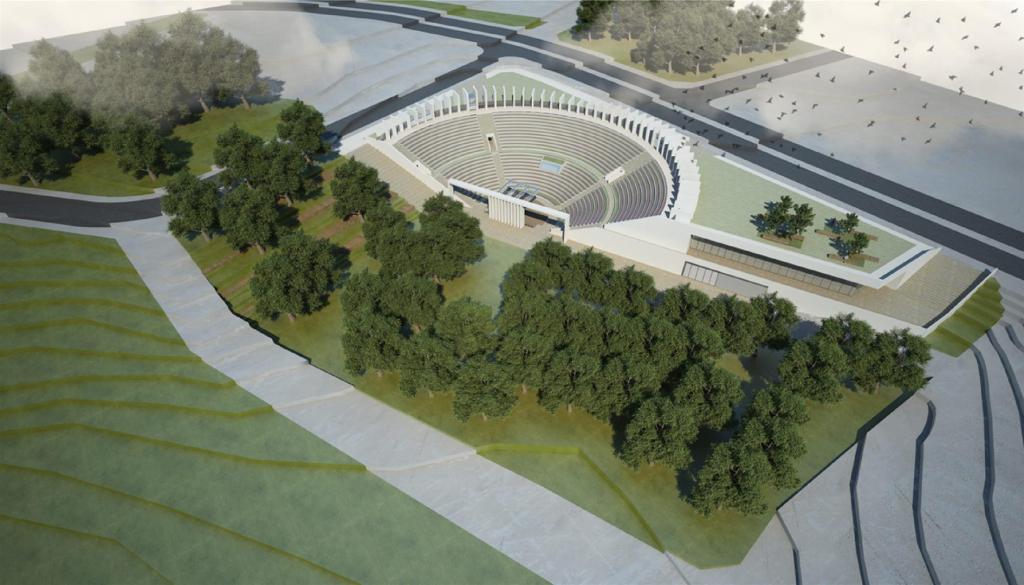
Proposed Theatre overlooking the Aegean Sea
My belief is that the prosperity of Didim relies within its vast historic past, not its quiz and karaoke nights nor darts competitions. Intellectual nomenclature shall always prevail above the inanely mundane.
